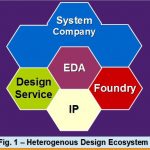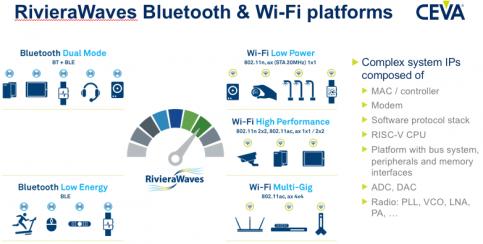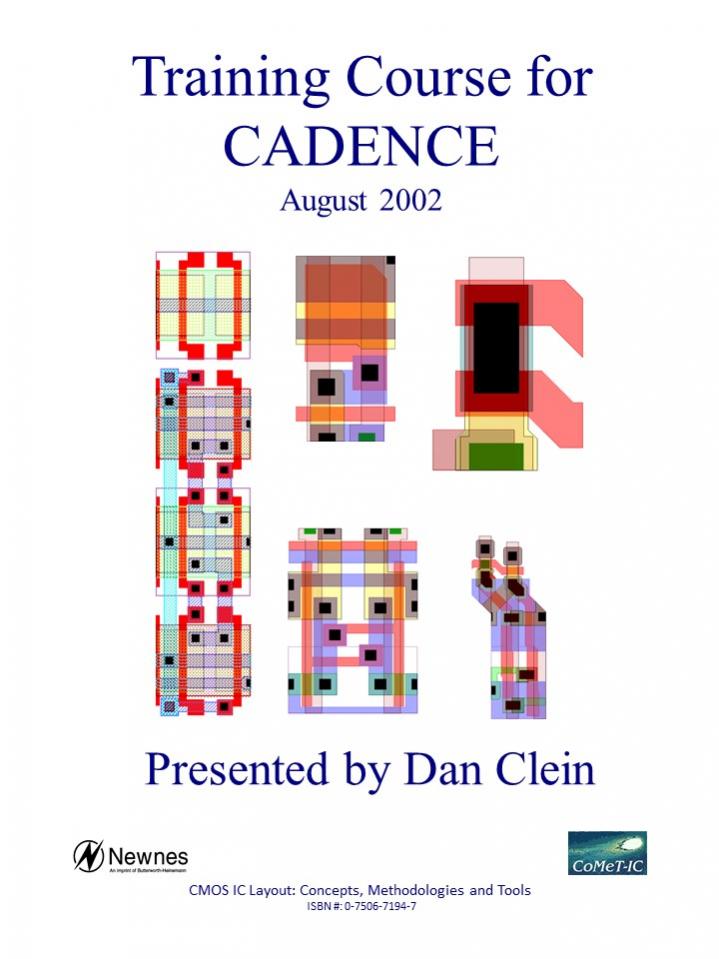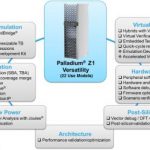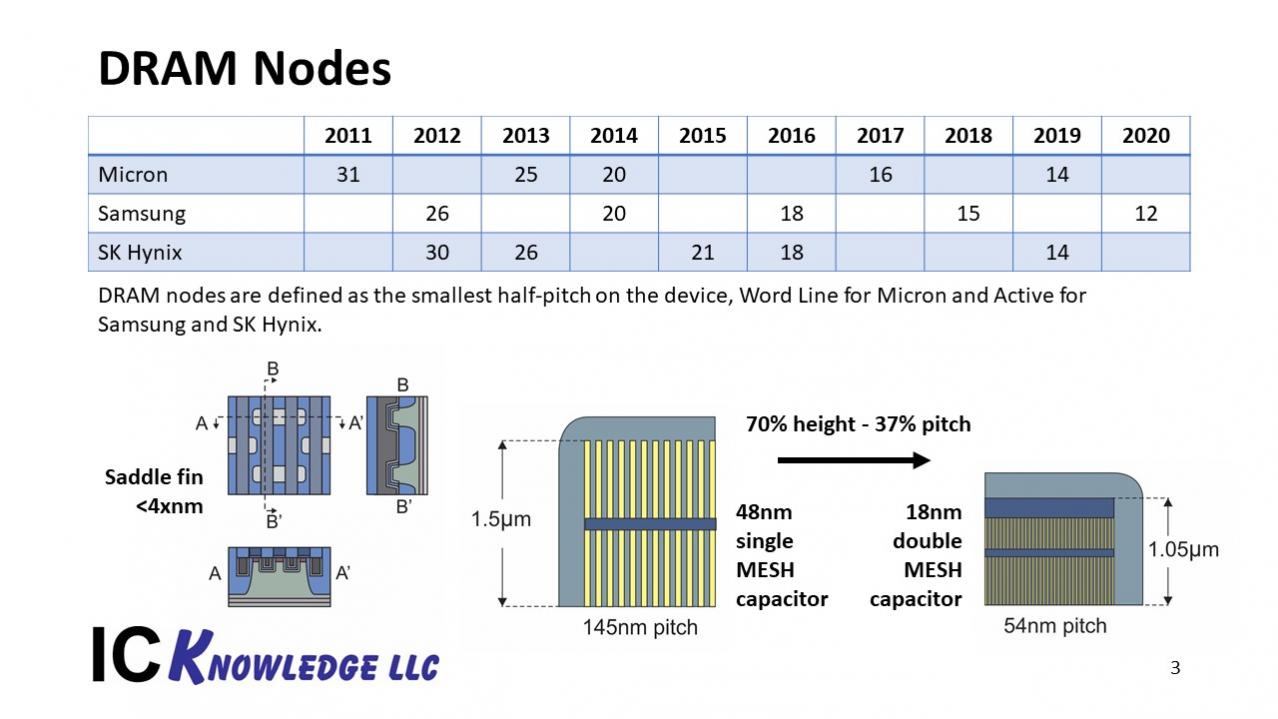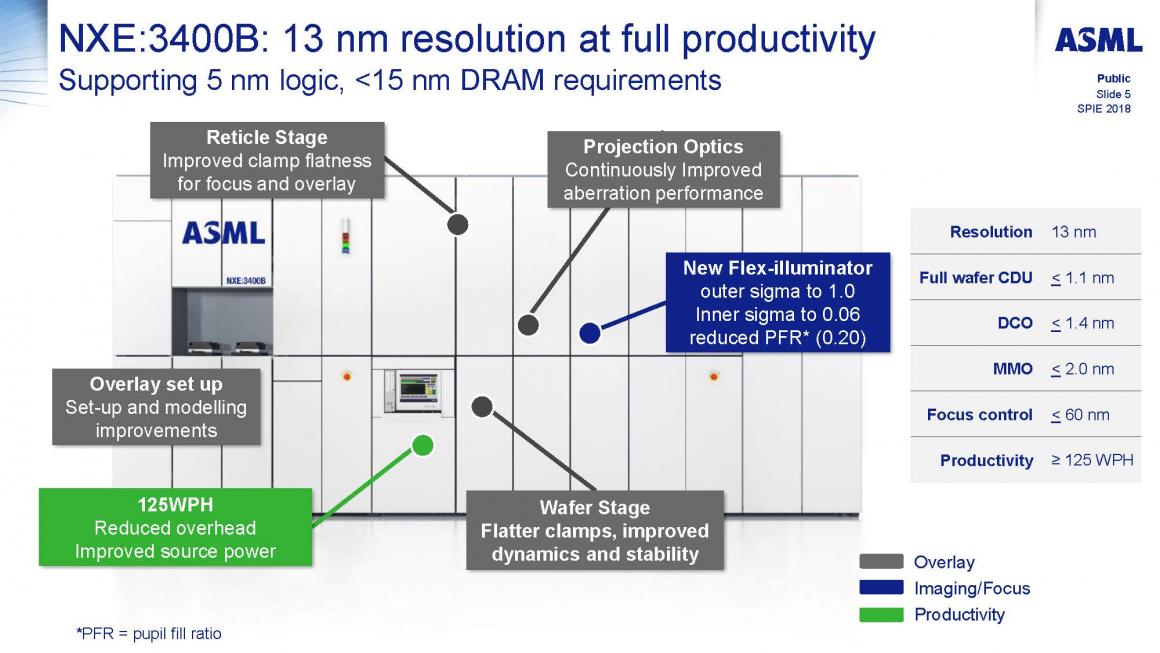For the past 30 years, most of us around the globe have welcomed modern technology with few questions and fewer reservations. We have treated each new product as a “solution” and paid little attention to its accompanying problems.
The past six months, though, has seen a rapid change of opinion in the United States, as many in the technology elites have called GAFA (Google, Apple, Facebook, Amazon) and other tech giants to account. One of the most outspoken of Silicon Valley’s moguls, Roger McNamee, who was a mentor to Mark Zuckerberg, has published several articles highly critical of Facebook and launched a campaign, “Truth About Tech”, to educate the world about the evils of Big Tech and strategies for healthier interactions with technology.
I was not surprised by this turn of events, because I had begun work, more than a year ago with Alex Salkever, on a new book on precisely this topic: technology’s impacts on all of us. In the forthcoming Your Happiness Was Hacked, we were fashioning a narrative in which technology companies’ interactive products have been robbing us of fulfillment and connection by deliberately limiting our choices, using sophisticated manipulation to entice us into ever more consumption of their wares.
This may at first be counter-intuitive. The promise of the Internet, the smartphone, social media, and virtual and augmented realities is of enrichment and improvement of our lives by the additional choices they offer. But it is a mirage. Though the Internet may seem to offer an endless range of applications, content, and communication tools, the unhappy reality is that the options available are rapidly decreasing in utility and reward and increasingly herding us into habits of mindless consumption.
Witness what has become of Google. The search engine that originated as a means of finding the most relevant answers to search queries has degenerated into a massive online advertising medium that heavily prioritizes whatever others pay it to. A search on a mobile phone — say, for the best hotel in Mumbai — yields a handful of results of which every one of the top 10 has either been paid for specifically or represents a giant media or hotel company.
Facebook too manipulates the information we would imagine it supplying unfiltered. Its deep detective work into our individual lives is its basis for manipulating our news feeds with the aim of maximizing our clicks and taps — without actually asking us whether we enjoy the endless array of pictures of our friends’ weddings. (We must, because we spend time there, right?
Then there are the incessant beeps, noises, and interruptive alerts of Whatsapp. Intrusions of this type are now common to most communication applications, and they take a large toll on our well-being. They make it harder for us to do our jobs in a concentrated or thoughtful fashion. We accomplish less, which makes us miserable. Economists are even suggesting that the very technologies that we suppose make all of us so productive have, through their distractiveness, instead become responsible for a plateau in the growth of worker productivity in the past decade.
Yet we find ourselves unable to break the habit: we are afraid of missing out; we are expected to respond quickly to friends, relatives, and co-workers; and all of these technologies embed addictive characteristics — the most obvious being psychological rewards such as “likes” — that use the same techniques of beguilement as casinos’ computerized gambling machines do to ensnare us.
The raw truth is that smartphones and applications foster psychological addictions without consideration of the human cost or of design principles that might be less profitable for them but healthier for people in the long run.
How can we alter our technology lives such that we enjoy real choice, understand the trickery of enticements, and regain the agency necessary to human happiness? How can we make the tech companies back off and allow us to establish our own cadence in our use of their tech?
Pushed to operate ethically, smartphone makers could allow us, on their phones’ home screens, to select a “focus mode” that would disable all notifications and social media, even taking the additional step of reverting them to greyscale to reduce the attractiveness of their screens’ brightly colored notification bubbles. YouTube could ask us whether we wish to always play another video automatically when we first sign up for the service, in order to help us avert binge watching.
As for our own defenses, we will need to work hard to insert pauses into periods of thoughtless enthrallment. Turning off most applications’ alerts, checking e-mail only in batches at designated times, and using our phones to call family and friends and talk to them rather than sending them incessant smartphone messages would help most of us make a great start on rejoining the living.
For more, you can preorder my next book,Your Happiness Was Hacked, it will show you how you can take control and live a more balanced technology life.
This article is one in a series related to the10th Global Peter Drucker Forum, with the thememanagement. the human dimension, taking place on November 29 & 30, 2018 in Vienna, Austria #GPDF18





